We’re creatures of style, happily enslaved to our aesthetic appetites. Yet, fashion’s fast-paced, resource-guzzling nature plays hide and seek with our eco-sensibilities. As trends flit by, our wardrobes hunger for a refresh to mirror our moods and mindscapes. Fear not, these podcasts are your fashion fairy godparents, serving up a smorgasbord of sustainable chic solutions for a greener future.
At Fashion no Filter, Camille Charrière (contributing editor for ELLE UK and one of the industry’s most well-known bloggers) and Monica Ainley de La Villardière (writer, editor, creative consultant) address various aspects of the fashion world, from insights about being an Instagram influencer to what it means to work as a personal stylist, model or artistic director for a brand with a certain legacy. But their talks also quite often include concerns about how such a consumption-based industry can become less harsh on the environment.
In the episode Eco Warriors, journalist, and activist Lucy Siegle explains why the fashion industry is one of the most polluting, second next to oil. It all comes down to resources, she says, and how much of them we use for so little – the final fabric itself, the one that covers us. It takes vegetable fiber, water (lots!), and great amounts of chemicals to create items that we’re only going to wear a season, maybe two. Have you ever wondered how a metal buckle is made? The answer is complex, but it starts with mining, a very invasive process. Add the underpaid human resource, and you’ve got yourself a huge supply chain that is not only hard to manage but also very detrimental to the planet.
Is sustainable fashion actually achievable?, asks one of the hosts. I think we could have a radically different industry, Lucy replies. A possible solution comes from Arizona Muse’s take expressed in another episode of the podcast: a 180-degree change in the behavior of both the consumer and the brands. The former could buy less and/or invest in more meaningful, high-quality items that last a lifetime and the latter could rely on science and advisors to produce clothing with less of an impact on the environment. There are things such as fish leather, recycled metal, or simply just eco-certified agriculture.
What else is there? Ways to change this industry for the better. And it all starts with educating ourselves about it.
Join us at Climate Change Summit 2023 and meet our speaker Clarisse Merlet. Her project, FaBRICK, makes her a pioneer in an already pioneering field, which is the textile construction materials industry. Clarisse was a third-year Architecture student when she came to the conclusion that the construction industry is really polluting. There must be a change, she thought then, and she was wise enough to observe an opportunity in the textile industry, where waste is an equally big issue. Ever since 2017, when she first presented a prototype of FaBRICK, Clarisse and her team gathered clients such as Decathlon, Galeries Lafayette, Levi’s, Diptyque and many more, who believe in this exciting recycling technique that she patented. Did you know that cotton is a really good thermal and acoustic insulator?
If you want to keep up with the green side of fashion, check out these podcasts too:

